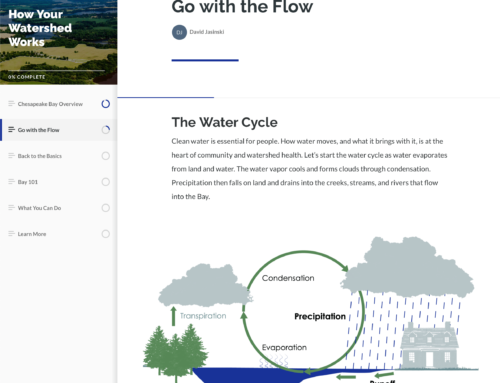How are you handling the summer heat? Here in Richmond, the hottest day of the year usually comes in July, though June and August can get pretty warm as well. Check out the graphic below to see the breakdown of how often the hottest day each year has fallen in the May through September months in Richmond since 1972 (data from NOAA’s Global Summary of the Year):

Summer heat is exacerbated by our changing climate. Just last week, the UK issued its first ever extreme heat warning accompanied by the declaration of a national emergency. Beyond climate change, there is another force adding to the extreme heat in many communities: urban heat islands. An urban heat island is a developed area that has more built surfaces (think roads, parking lots, roofs, etc.) than natural landscape (like trees), leading to elevated temperatures as those surfaces absorb and radiate out heat from the sun. Additional sources of heat in developed areas can include air conditioning units, cars, and industrial facilities.
The interest in and the importance of heat islands and their effects is evident in how many of Green Fin’s clients have needed communications support around this topic. The graphic below comes from a climate communication project we worked on recently with the Piedmont Environmental Council (PEC); you can view the full report here, with the heat island information on page 9.

The temperature elevation within heat islands is measurable and dangerous, as explained in the slide below from the Local Government Guide to the Chesapeake Bay’s The Benefits of Trees, which we developed for the Chesapeake Bay Program. Heat-related illnesses can lead to hospitalization and death, especially for the elderly and those with pre-existing conditions.

Children are also particularly vulnerable, and hot nights where the temperature stays above 70 degrees can be detrimental to sleep and development. You can watch this video we produced with PEC to hear directly from a pediatrician about the issue.
Heat islands are not a guaranteed consequence of human development. There are prevention and mitigation strategies, most notably urban greening. For example, we often work with the Richmond-local nonprofit Capital Trees, which is responsible for the Low Line and Great Shiplock Park urban green space along the James River. Their efforts to plant and maintain greenery provide shade and reduce heat by transpiration, described in the graphic above.
For additional information on heat islands and potential strategies for reducing their effects, watch the recording of Beating The Heat: Heat Islands and the Importance of Trees, the Chesapeake Research Consortium’s July webinar in the CRC Roundtable series. Jeremy Hoffman of the Science Museum of Virginia and Peggy Van Yahres of ReLeaf Cville and the Charlottesville Tree Commission shared their perspectives on heat islands as well as what can be done to combat their negative effects. Green Fin Studio manages the monthly Roundtable series for CRC and will host the 25th edition this September!
Need help with a graphic, video, or seminar that covers a technical but important environmental topic, like heat islands? Reach out and tell us about your idea; we love a challenge and we’d love to hear from you!

